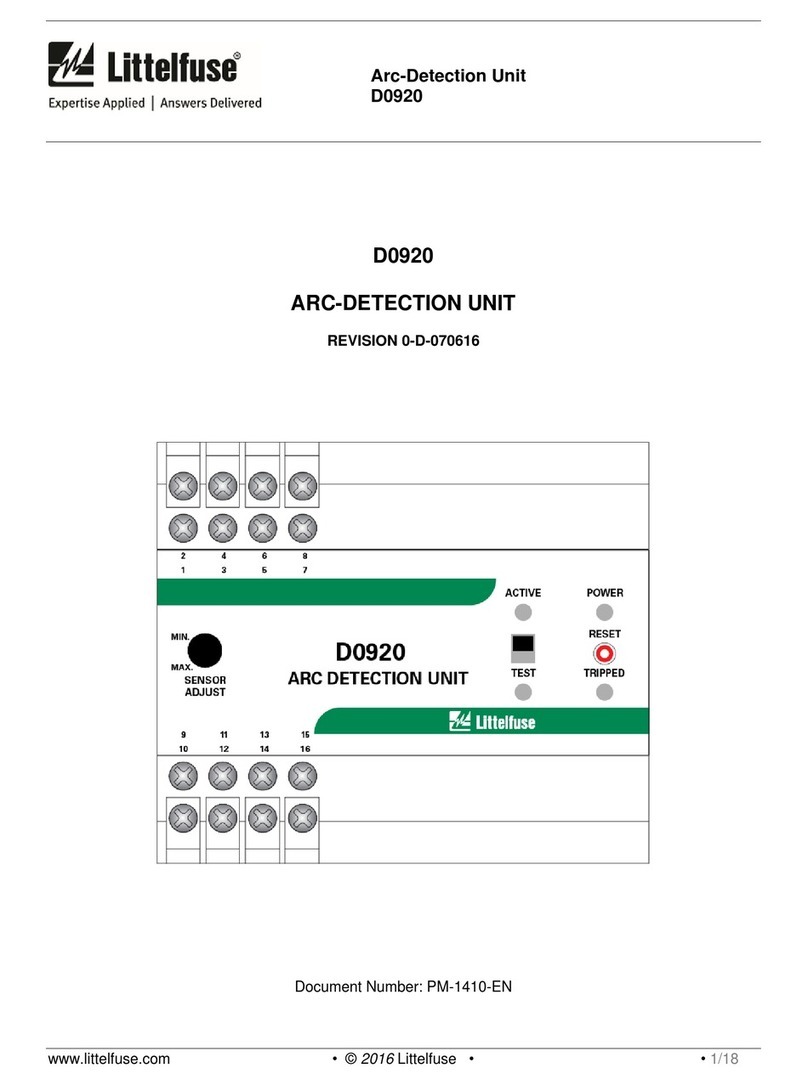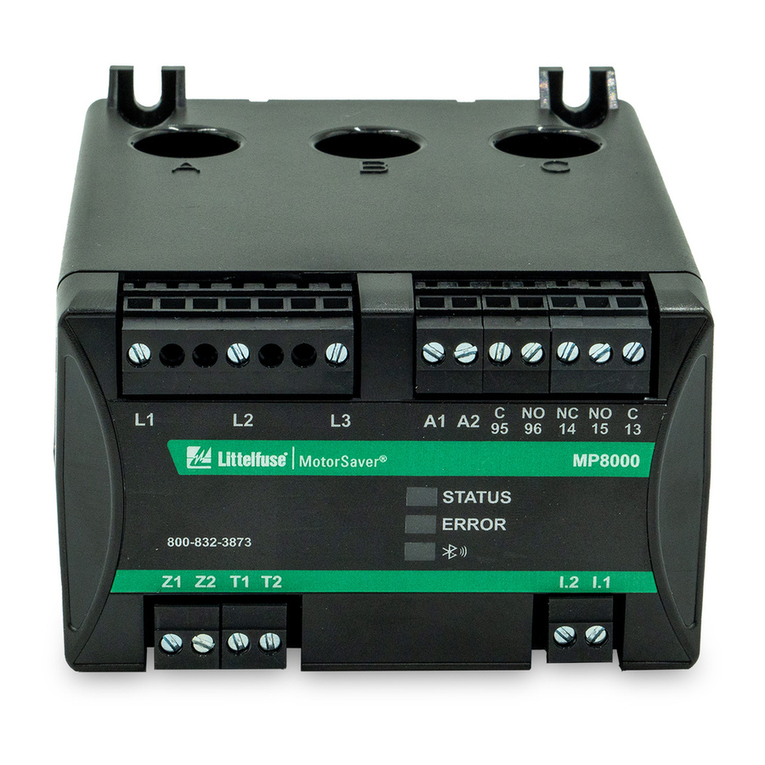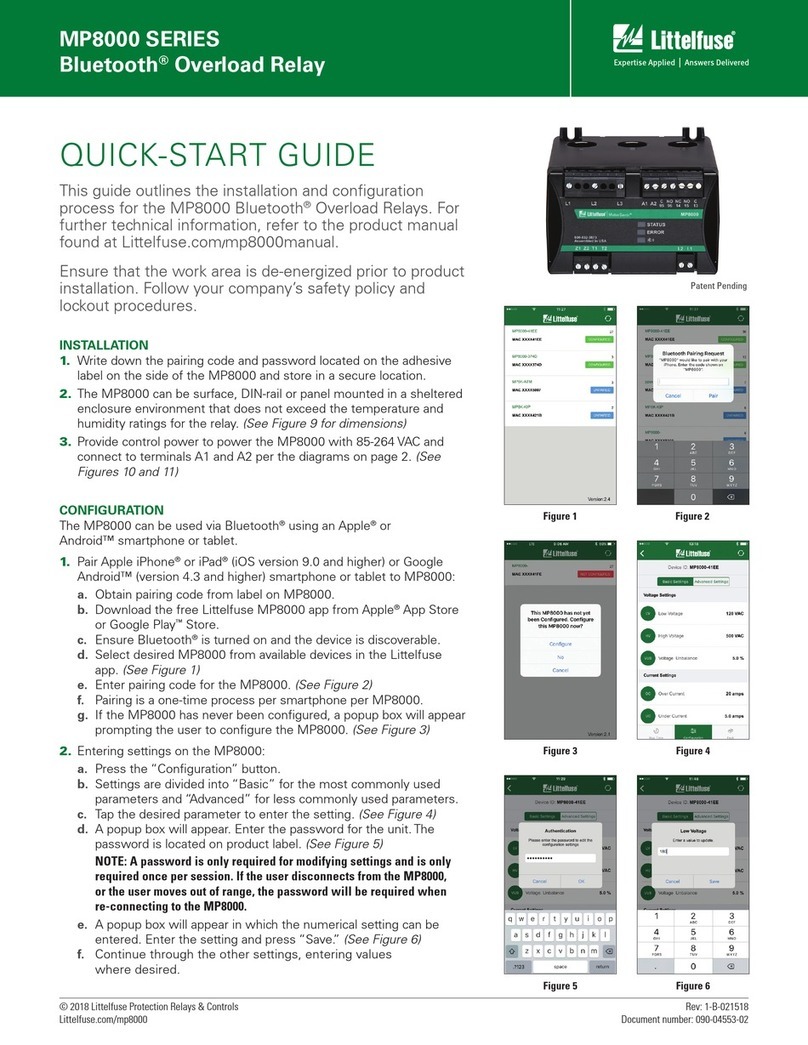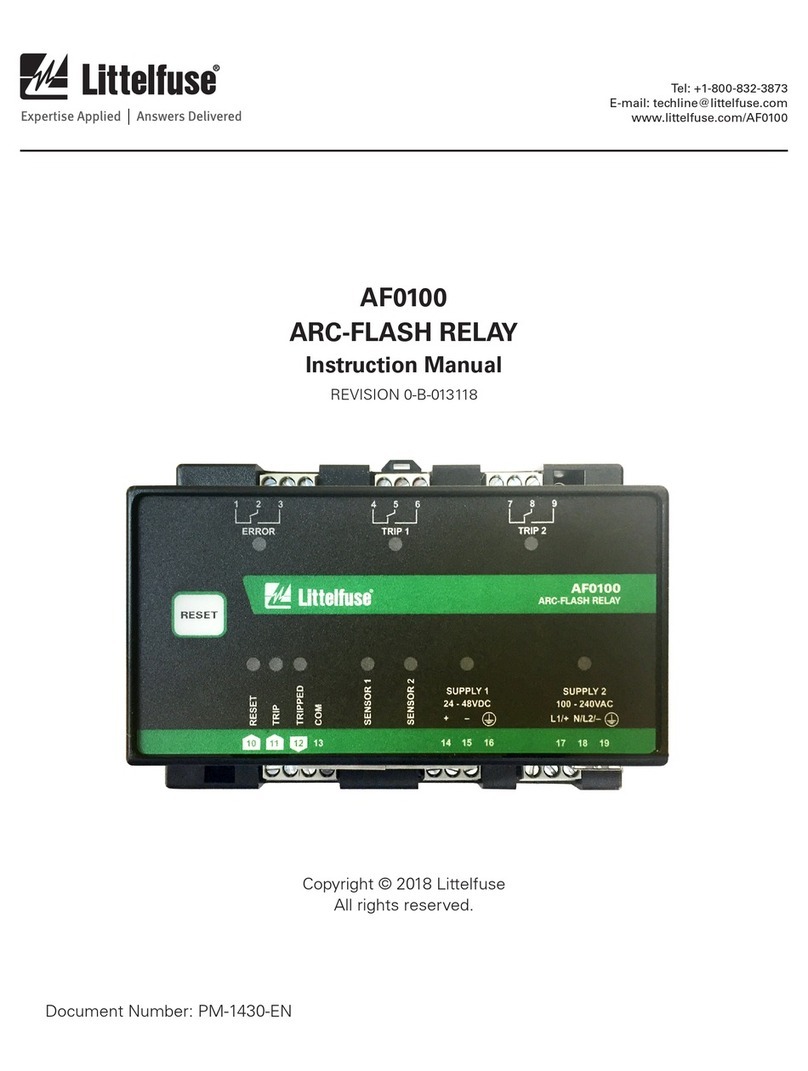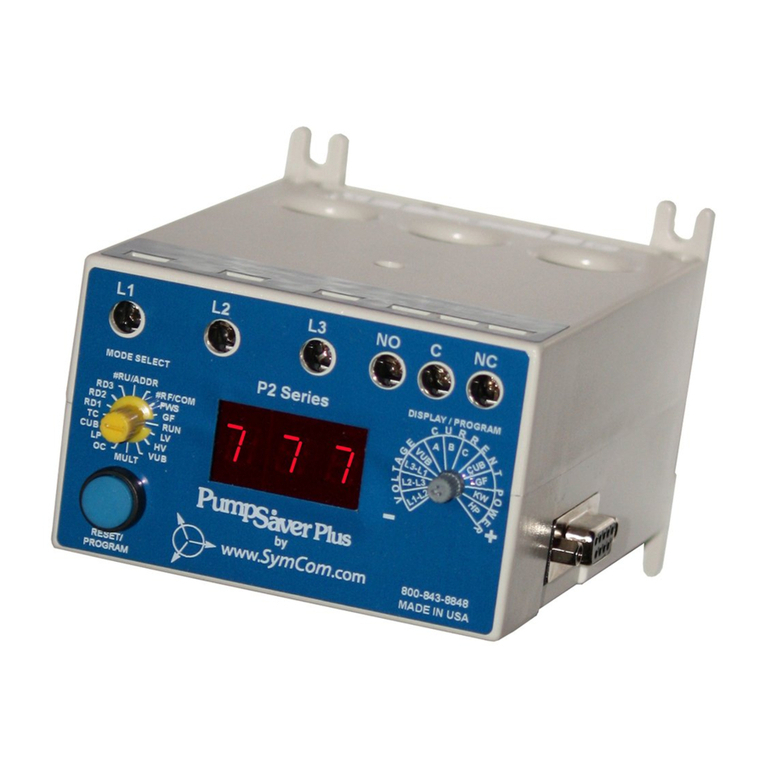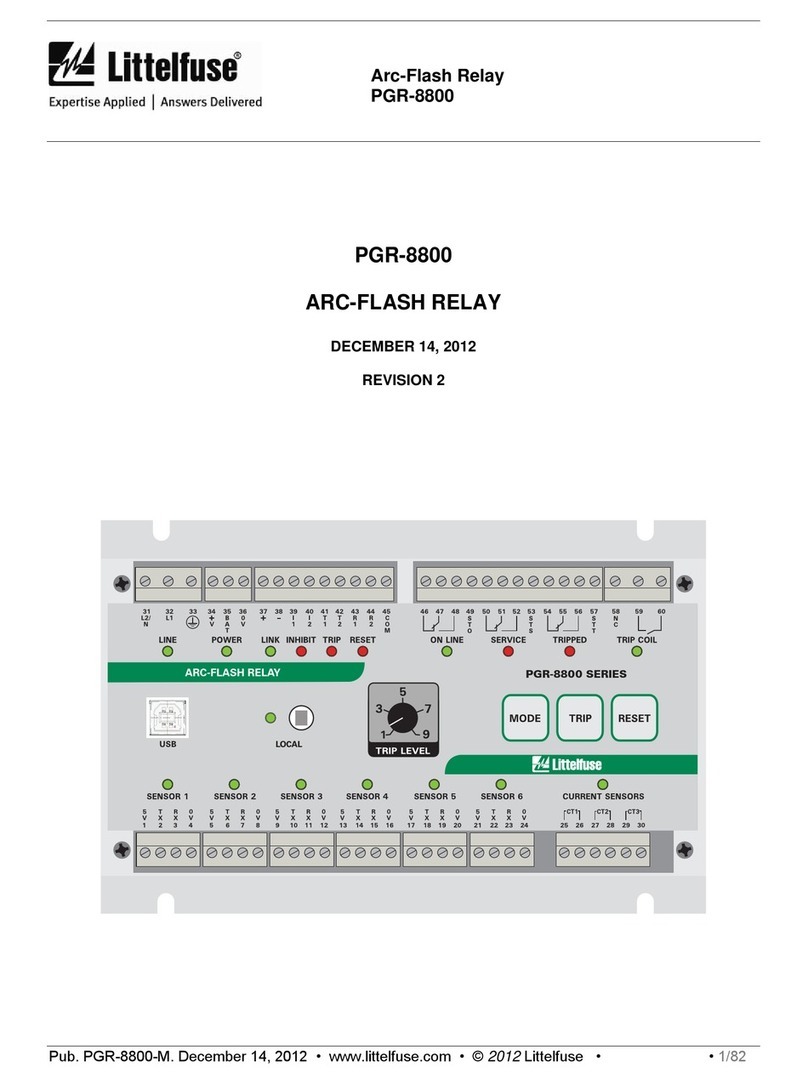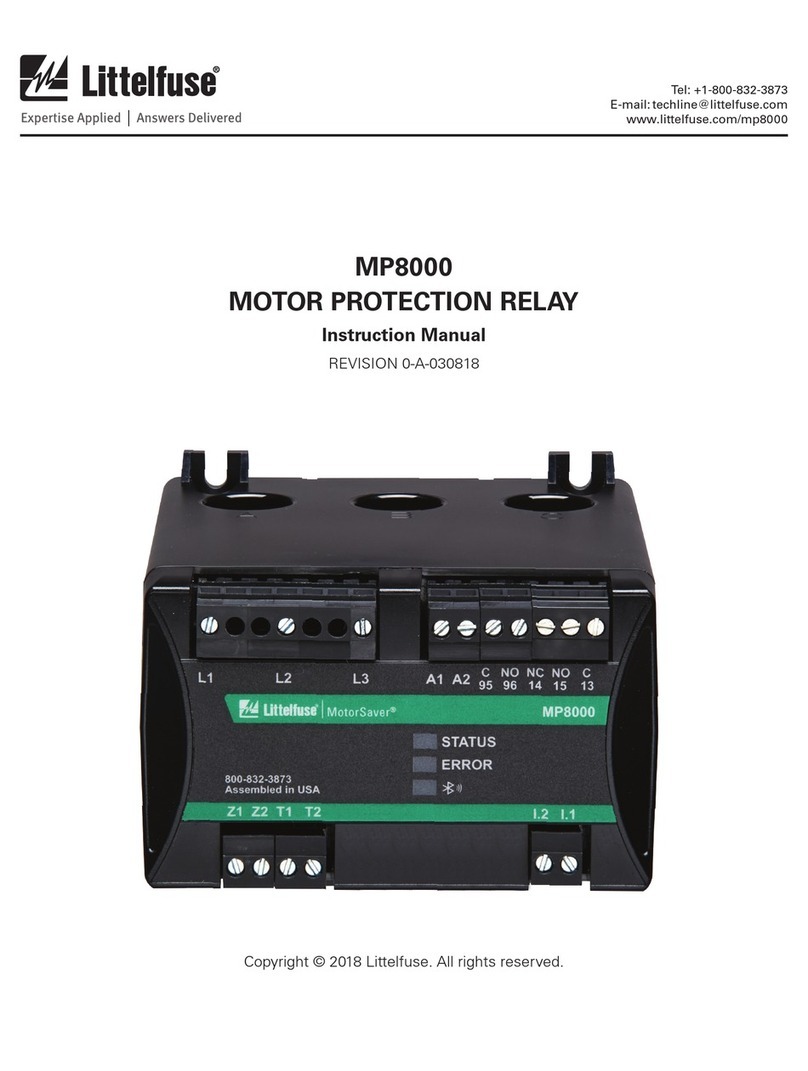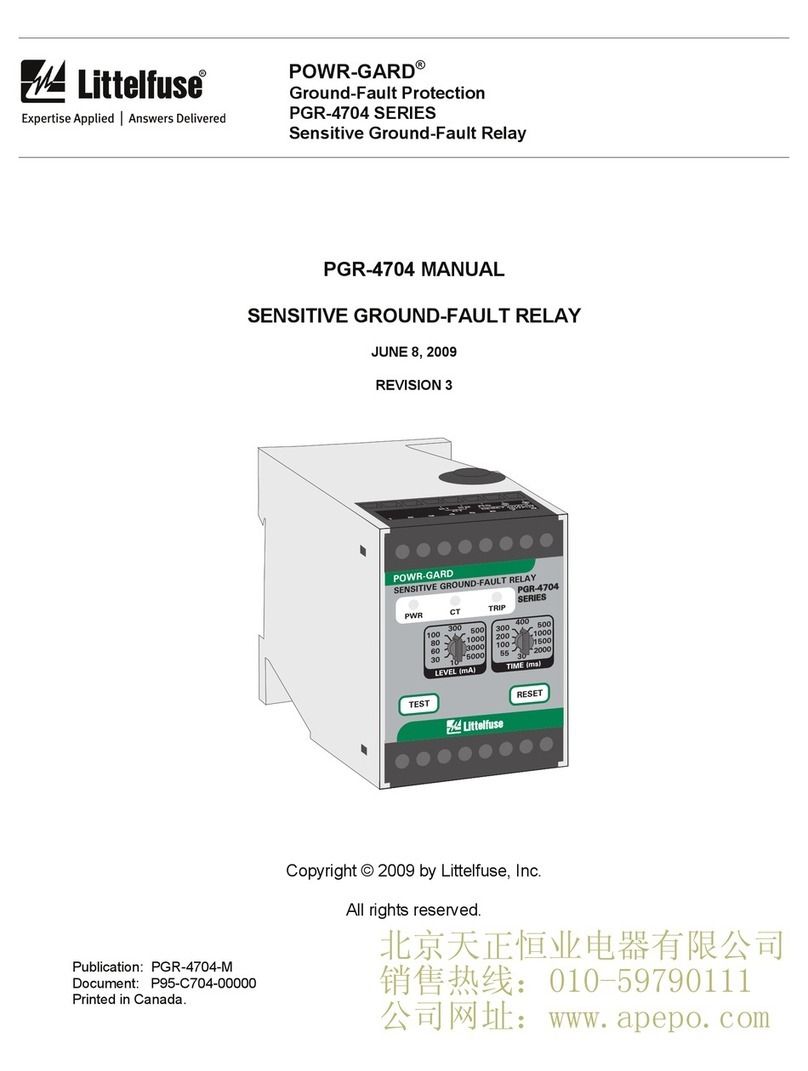Getting Started
The Z8F3224 ZMOTION Development Kit provides a quick and easy way to evaluate Zilog’s ZMOTION
motion detection solution and begin development of your own project. The kit comes with several lens
options and two ZMOTION MCU’s configured to support “Low Power” and “Normal Power” operating
modes.
To provide a quick way to get the kit up and running, the ZMOTION MCU’s are programmed with the
ZM_LP_Basic (Low Power) and ZM_NP_Basic (Normal Power) projects using the ZRE200GE
pyroelectric sensor and the NCL10IL lens. It is possible to observe the basic operation of the kit by
installing the lens and then applying power.
For more in-depth information about using this development kit and to learn more about downloading the
related software projects and documentation, refer to the Z8F3224 ZMOTION Development Kit User
Manual (UM0295).
Normal Power MCU
1. Place SW4 (Active MCU Selection) in the NP position.
2. Connect the USB Port (P1) to a PC using a USB-A Male-to-Mini B cable to supply power to the
board. The power LED D4 should light-up.
3. While the MCU waits for PIR stability, LED D3 will flash on and off.
4. When the PIR becomes stable, LED D3 will stop flashing.
5. Make a movement in front of the sensor (for example, walk around or wave hand at least 1 ft/30
cm away). Each time motion is detected, LED D3 will blink, indicating that motion was detected.
Low Power MCU
1. Place SW4 (Active MCU Selection) in the LP position.
2. Connect the USB Port (P1) to a PC using a USB-A Male-to-Mini B cable to supply power to the
board. The power LED D4 should light up.
3. LEDs D1 and D2 should flash alternately while the MCU waits for PIR stability, indicating that the
MCU is functioning.
4. When the PIR becomes stable, LEDs D1 and D2 will stop flashing.
5. Make a movement in front of the sensor (for example, walk around or wave hand at least 1 ft/30
cm away). Each time motion is detected, LED D1 will blink. D2 demonstrates that the analog
wake up circuit detects motion, while D1 indicates that ZMO-TION validated the motion event.
